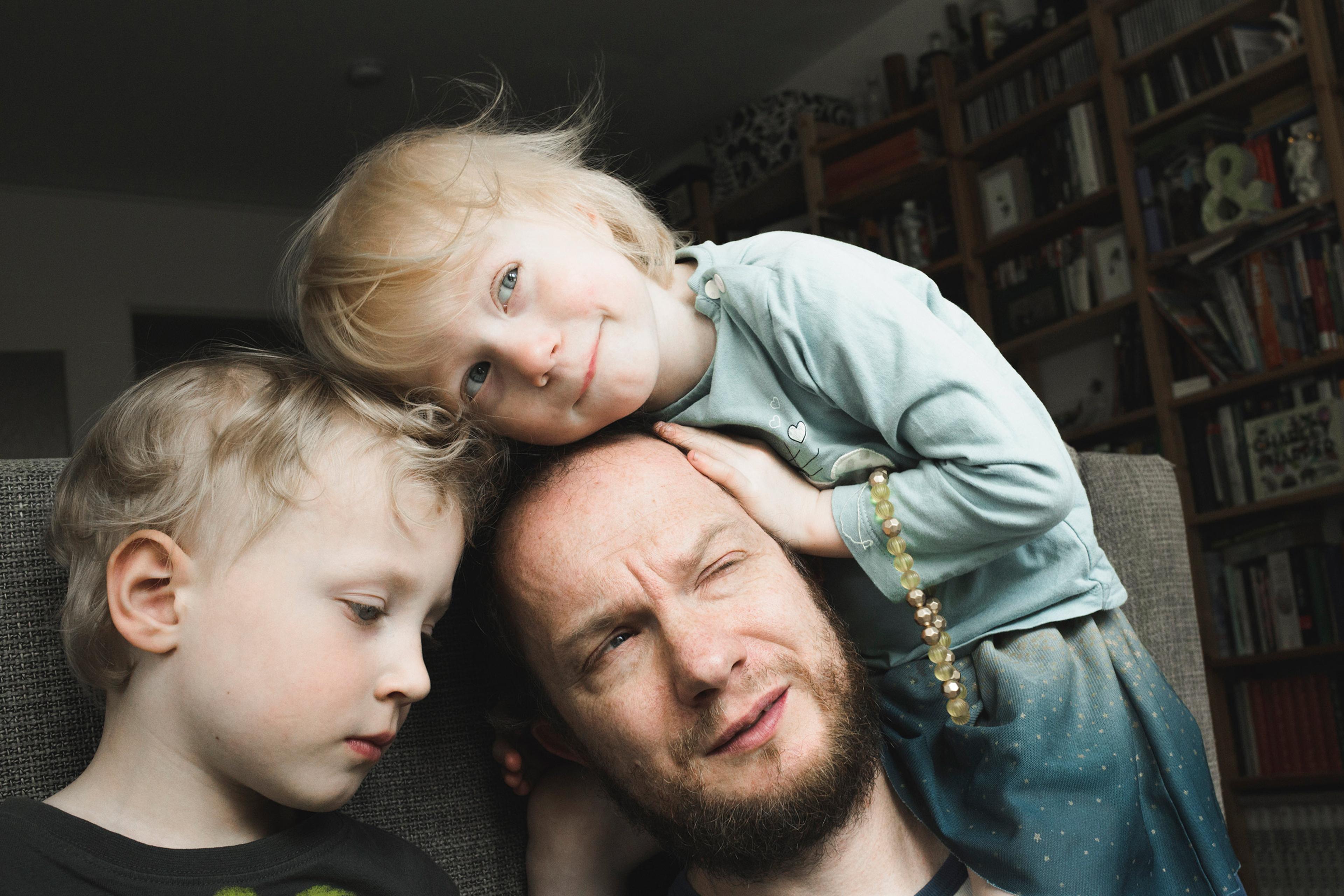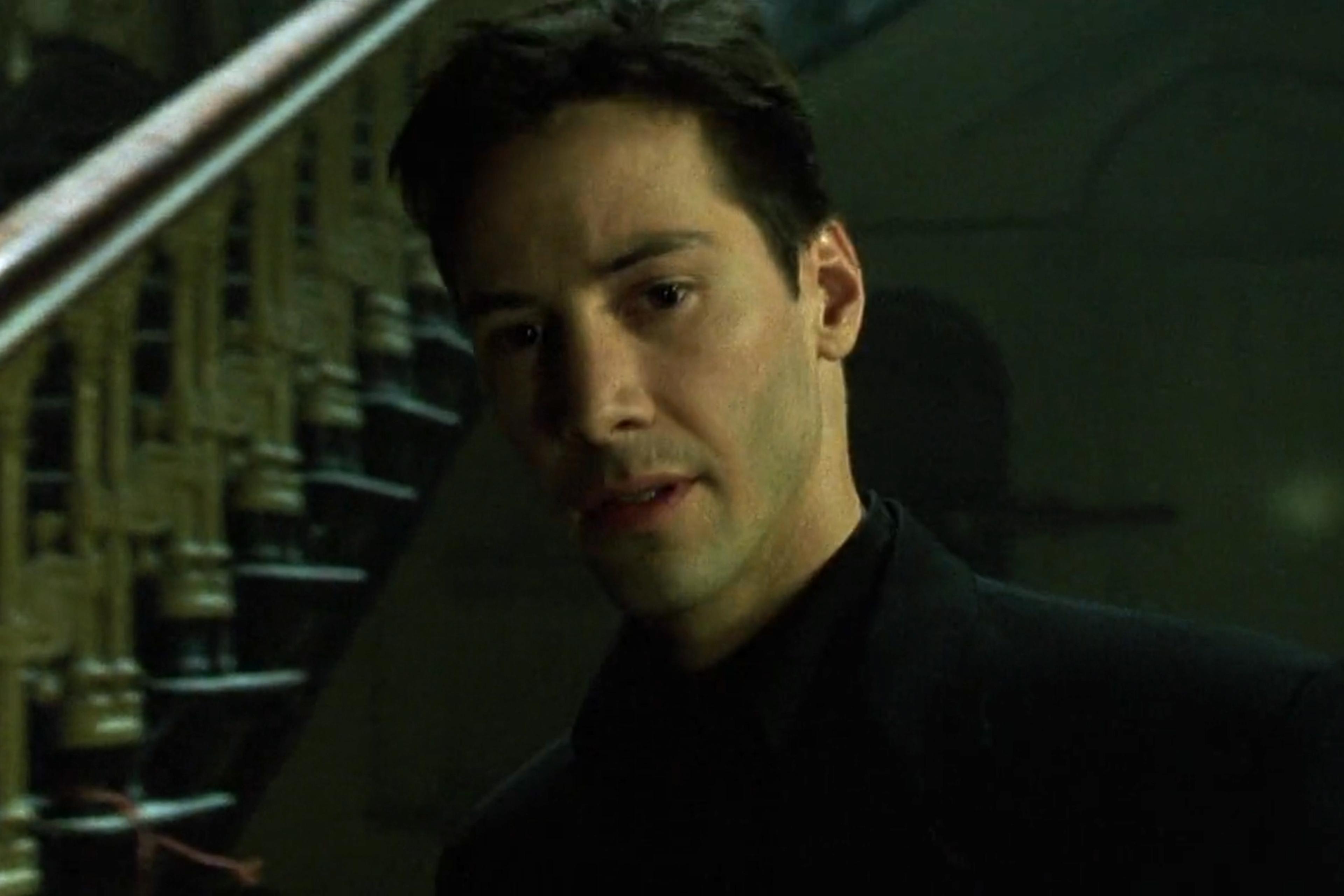What if you couldn’t picture anything in your mind – no sunset, no loved one’s face, not even an apple? This inability to ‘see’ mental images is known as aphantasia, and although it affects roughly 3 per cent of people, its clinical history is remarkably recent. It began in 2003, when the British neurologist Adam Zeman encountered a patient with what he deemed a ‘blind imagination’. It was only in 2015 that Zeman gave a formal name to the condition.
In this short film by Quanta Magazine, researchers – including Zeman – detail the creative methods required to study subjective experiences that can’t be directly observed, and people who live with aphantasia explore how living without a ‘mind’s eye’ affects memory, emotions and everyday life. In the process, the piece draws out the sometimes counterintuitive ways all of our minds process information, and emphasises the broad spectrum of human experience.







